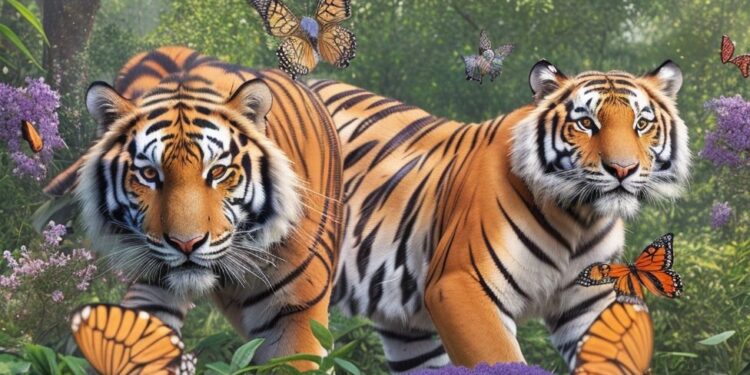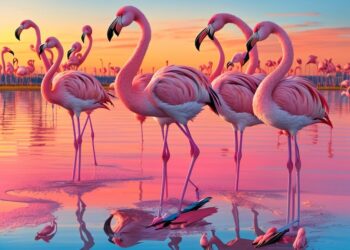Animals that start with B are a captivating bunch. They come from all sorts of ecosystems around the world. Graceful birds, magnificent mammals – this list will introduce you to some of nature’s most fascinating creatures.
The Bengal Tiger is one of the most majestic felines. Its striped coat and piercing gaze exude power and grace. The Bald Eagle is a symbol of strength and freedom, with its impressive wingspan.
The Blue Jay is a striking bird with vibrant plumage and melodious songs. It can be found in North America, adding a splash of color with its azure feathers. The Baboon is another interesting one. It exhibits intelligence and social behavior rarely seen in other primates. They form complex societies and have distinct personalities.
The Black Rhinoceros has an intriguing history. Once abundant in Africa, it faced relentless poaching that pushed it to the brink of extinction. Thankfully, conservation efforts have seen their numbers slowly rise again.
Animals starting with B captivate us with their beauty and diversity. They remind us of how interconnected we are with all living beings on this planet. Let’s take a moment to appreciate these remarkable creatures that contribute to the tapestry of life on Earth.
Babirusa
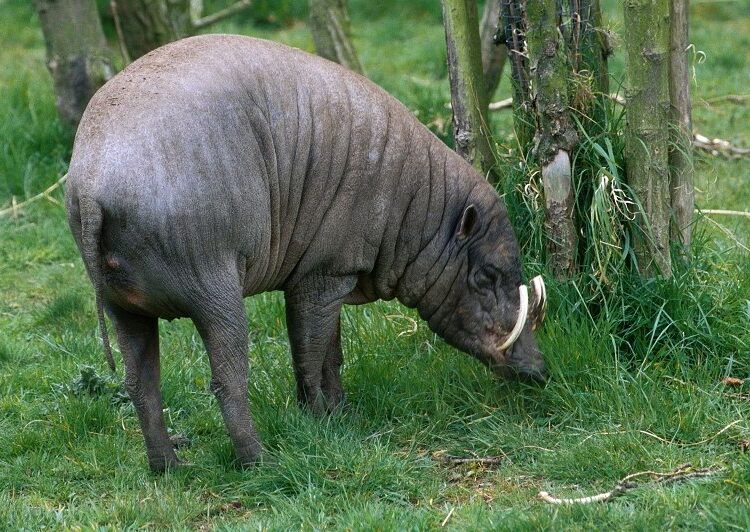
The Babirusa’s large curved tusks, lengthy body, and sparse hair are just a few of its physical features. It is also known for its solitary and shy behavior, as well as being herbivorous.
But there’s more to this enigmatic creature! It can effortlessly swim, catching many of its observers off guard.
Additionally, the Babirusa has a long history with ancient tales of strength and resilience. It has become an important part of local folklore and culture, making it a captivating creature.
Its physical features, behavior, and cultural significance make the Babirusa one of nature’s most fascinating creatures. Those lucky enough to witness it in its natural habitat are filled with awe and curiosity.
Baboon
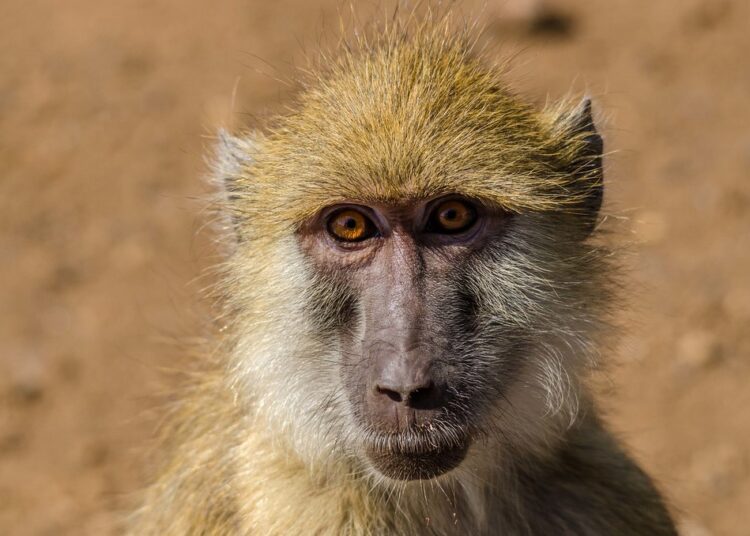
Baboons have some remarkable features. They eat a varied diet, including fruits, seeds, insects, and more. Plus, they live in complex social structures with dominant males leading. They communicate with vocalizations, facial expressions, and body movements.
These adaptable primates can be found in many different habitats, like forests, savannahs, and rocky landscapes. They typically live for around 30 years.
One of the most impressive things about baboons is their ability to adapt. They also have strong social bonds and impressive manual dexterity.
In Kenya’s Masai Mara National Reserve, baboons were spotted using rocks to crack open ostrich eggs for food. This proves their resourcefulness and problem-solving skills.
Bactrian Camel
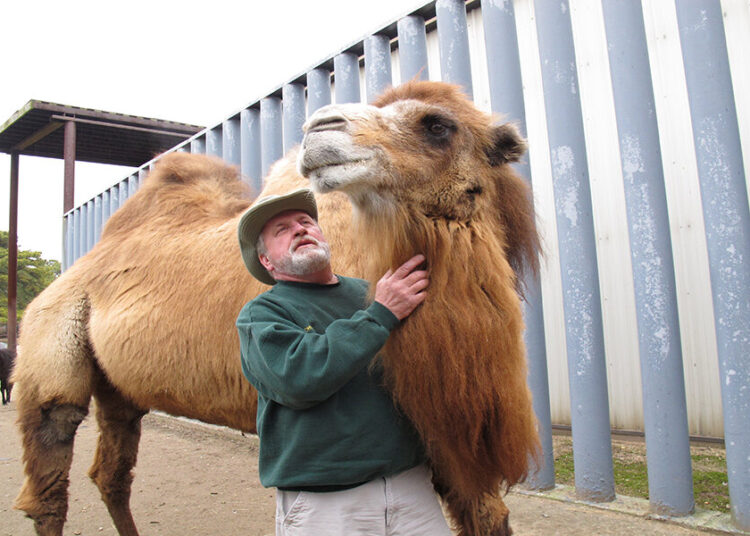
The Bactrian Camel (Camelus bactrianus) is a large mammal native to Central Asia, known for its iconic double hump and adaptability to extreme temperatures and desert conditions. They stand 6 to 7 feet tall at the shoulder, weighing 1,320 to 2,200 pounds, with a long, protective coat in colors like light brown, dark brown, or gray.
Badgers are fascinating mammals with distinctive appearances and burrowing behaviors. They include species like the European, American, and honey badger. These stocky animals have short legs, low-slung bodies, broad heads with pointed snouts, and small ears. Their fur is thick and coarse, often gray or brown with lighter markings. Notably, they have powerful front claws for digging and searching for food. Badgers are renowned for their burrowing habits, creating extensive underground networks known as setts, comprised of chambers and tunnels.
Bagworm Moth Caterpillar
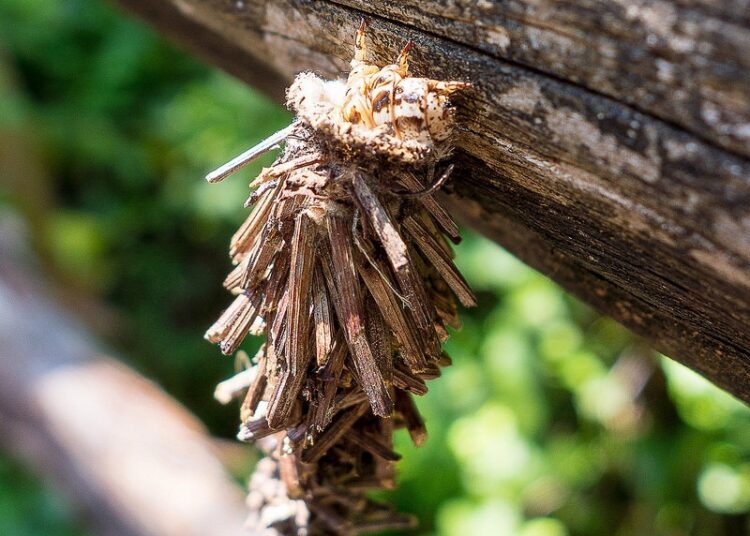
The Bagworm Moth Caterpillar, scientifically known as Psychidae, is the larval stage of a moth species found in various parts of the world. These caterpillars are known for their unique method of constructing protective cases made of silk and materials such as twigs, leaves, and debris.
Bagworm Moth Caterpillars have cylindrical bodies covered in bristle-like hairs, often brown or gray to blend with surroundings. They build protective cases by attaching silk threads to a stable surface and gradually adding materials.
Baiji
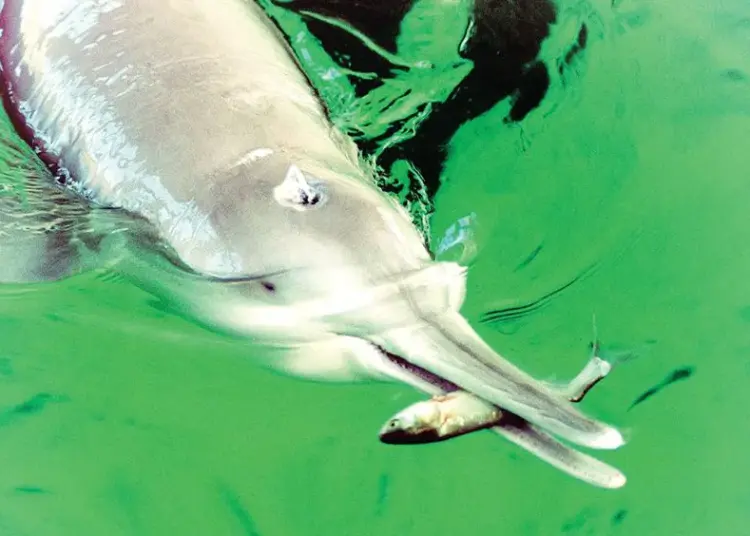
The Baiji, also known as the Yangtze River Dolphin or Chinese River Dolphin, is an extinct species of freshwater dolphin that was native to the Yangtze River in China. It was one of the most endangered species in the world, and sadly, it is believed to have become functionally extinct in the early 21st century.
Bald Eagle
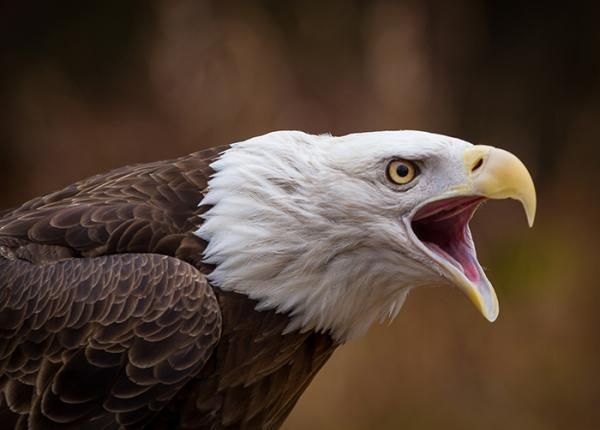
The Bald Eagle a symbol of strength and freedom is a stunning bird of prey found in North America. It has a white head and tail, set against its dark brown body–definitely worth a look!
Standing at approx. 3 feet tall, with a wingspan of 8 feet, the Bald Eagle is one of the biggest birds in North America. Its beak and talons help it catch fish from water and snatch prey from the ground or trees. It flies too–reaching speeds of up to 40 mph–due to its amazing eyesight which helps it spot prey from far away.
When they find a mate, they stay together forever. They build huge nests–called eyries–in trees or on cliffs. The female lays 1-3 eggs each year, and both parents take turns incubating them until they hatch after 35 days.
Take a trip and see the Bald Eagle in its natural environment! Come join us and learn more about these magnificent creatures, while getting up close and personal with nature!
Baleen Whale
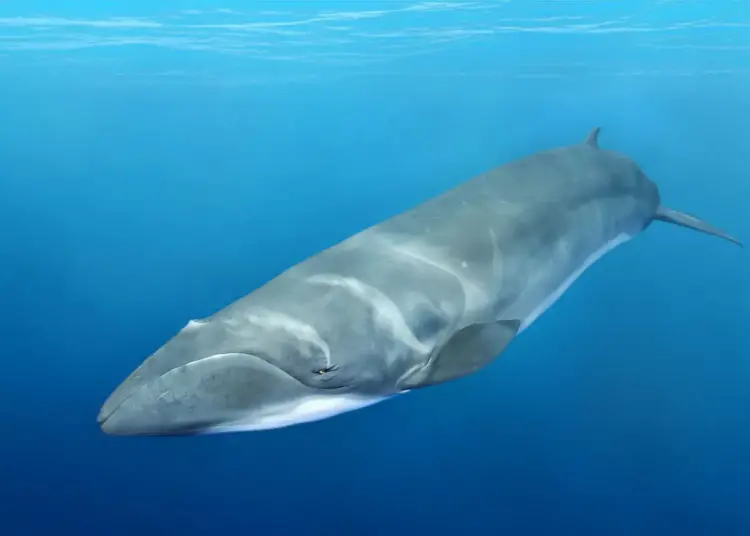
The Baleen Whale, also known as the Mysticeti, is a group of largeetaceans found worldwide. They are renowned for their distinctive feeding method using baleen plates. Baleen whales have a streamlined body with a large head and a blowhole on top for breathing. Instead of teeth, they have baleen plates made of keratin that hang from their upper jaws. Baleen whales are filter feeders and primarily consume tiny organisms such as krill and small fish.
Balinese
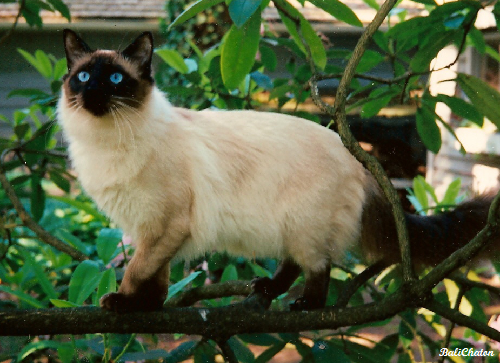
The Balinese, also called the Longhair Siamese, is a domestic cat breed originating from the United States. They resemble Siamese cats but have longer, silkier coats. Balinese cats have a slender, elegant body and striking blue almond-shaped eyes. Their coats come in various colors, including seal point, blue point, chocolate point, and lilac point.
Balkan Lynx
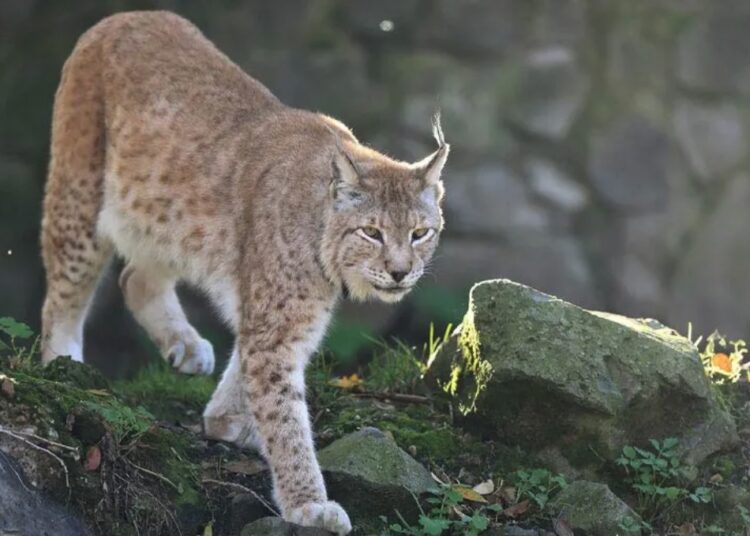
The Balkan Lynx, scientifically known as Lynx lynx balcanicus, is a subspecies of Eurasian Lynx found in the Balkan Peninsula of Southeastern Europe. These elusive and endangered cats are known for their beautiful coat and distinctive tufted ears. Balkan Lynx have a medium-sized, compact body with a short tail and long legs. Their fur is thick and dense, typically gray or reddish-brown in color, with dark spots and stripes that provide excellent camouflage in their mountainous habitat.
Ball Python
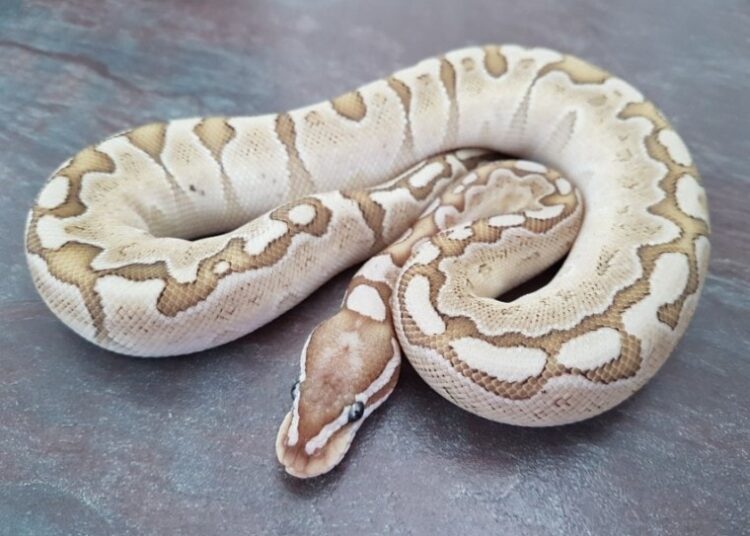
The Ball Python (Python regius) is a popular and gentle snake species native to West and Central Africa’s grasslands and forests. They have a stout body, typically reaching 3 to 5 feet in length, with light and dark brown or black markings, giving them a “ball” appearance when they curl up defensively. They are known for their ability to coil tightly, earning them the nickname “Ball Python.” In the wild, they are nocturnal hunters, feeding on small mammals like rats and mice.
Bamboo Shark
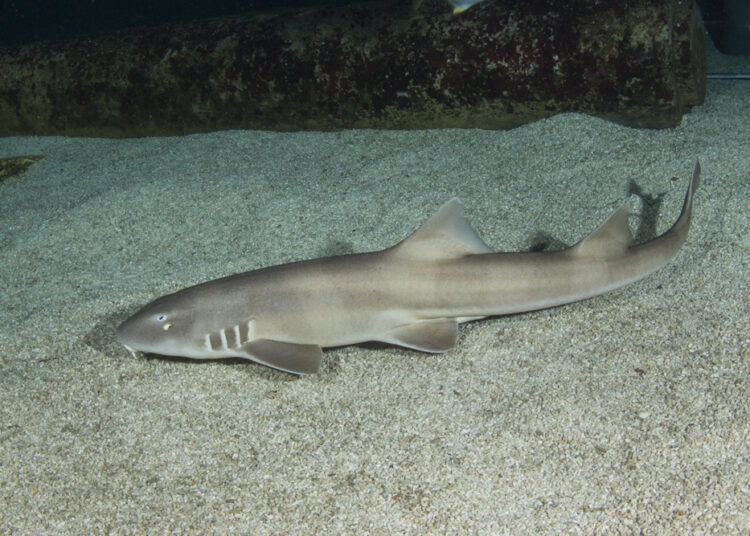
The Bamboo Shark (Chiloscyllium) is a small and captivating shark species found in the warm waters of the Indo-Pacific. including the reefs and sandy bottoms of areas such as Australia, Indonesia, and the Philippines.
Bamboo Sharks have a slender body with a short, rounded snout and large, oval-shaped eyes. They typically grow to a maximum length of around 3 to 4 feet. its have a brown or grayish-brown coloration with dark bands or spots that help them blend into their environment.
Bamboo Worms
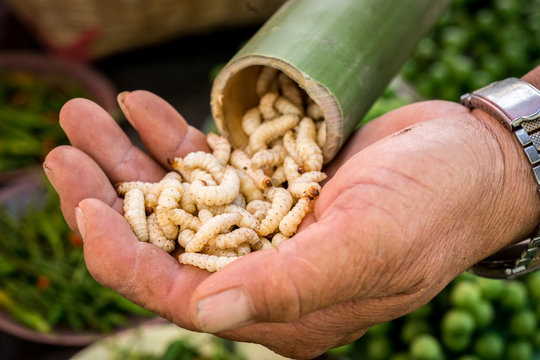
Bamboo worms (Omphisa fuscidentalis) are the larvae of nocturnal moths in the Crambidae family. They inhabit bamboo grooves, feasting on the fresh inner pulp of bamboo plants. These worms are not only fascinating but also edible, being a traditional dish in Southeast Asia. Farmers harvest them from bamboo trees and cultivate them in bamboo orchards.
Banana Ball Python
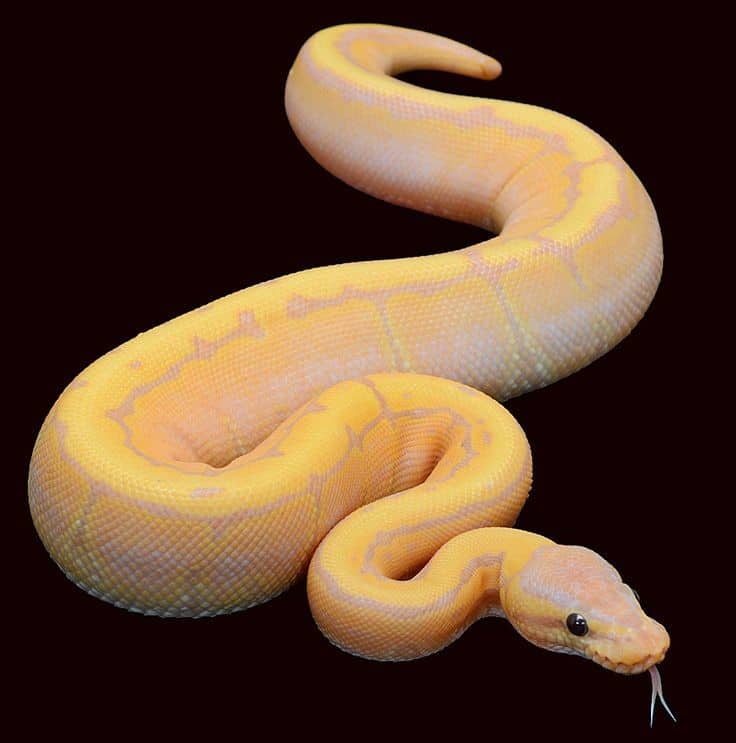
The Banana Ball Python, also known as the Coral Glow Ball Python, is a popular morph of the Ball Python species, Python regius. This unique morph displays a bright yellow coloration with varying degrees of orange and brown markings, resembling the vibrant hues of a ripe banana. The Banana Ball Python is highly sought after by snake enthusiasts and collectors due to its striking appearance.
Like other Ball Pythons, they have a docile temperament, making them suitable pets for reptile enthusiasts of all experience levels. Their care requirements are similar to those of other Ball Python morphs, including providing a suitable enclosure with proper heating and humidity levels, a balanced diet of appropriately sized prey, and regular veterinary check-ups to ensure their health and well-being.
Banana Cinnamon Ball Python
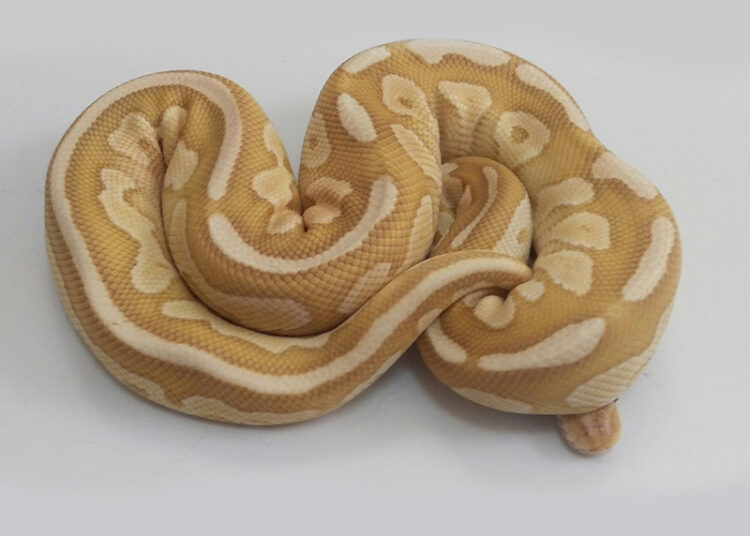
The Banana Cinnamon Ball Python is another stunning morph of the Ball Python species, Python regius. This morph combines the vibrant yellow coloration of the Banana Ball Python with the rich cinnamon brown tones of the Cinnamon Ball Python. The result is a snake with a beautiful blend of warm colors, creating a unique and eye-catching appearance.
Like other Ball Python morphs, the Banana Cinnamon Ball Python is known for its docile nature, making it a popular choice among reptile enthusiasts and collectors. Proper care, including a suitable enclosure, appropriate heating and humidity levels, and a balanced diet, is important to ensure the health and well-being of this captivating snake.
Banana EEL
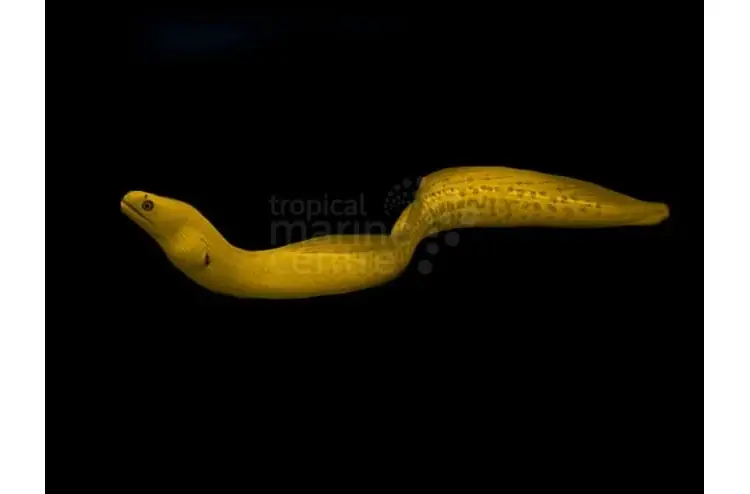
The banana eel is a color variation of Gymnothorax milias, also known as the goldentail moray. While the natural goldentail has a yellowish base with more brown coloration, banana eels are predominantly bright yellow, resembling ripe bananas with a few brown spots.
Considered a small moray, they can grow to around 2 feet in length. Like other morays, they are elongated and lack pelvic and pectoral fins. They have a protective layer of mucus instead of scales.
Banana Spider
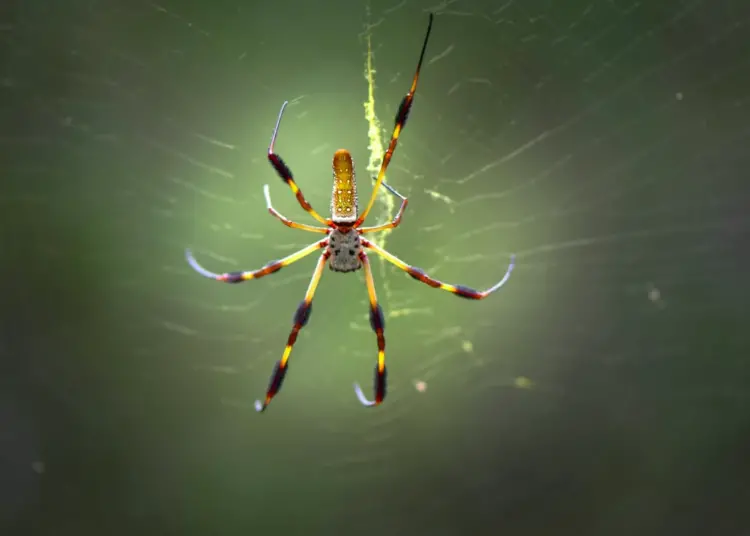
The Banana Spider, also known as the Brazilian Wandering Spider or Phoneutria, is a highly venomous spider species native to Central and South America. Its name comes from its large size and distinctive yellow coloration resembling a ripe banana. Despite its striking appearance, the Banana Spider is one of the world’s most dangerous spiders.
Its venom can cause severe pain, muscle paralysis, and potentially life-threatening complications. Despite its venom, it serves a vital role in controlling insect populations. Caution and avoidance are crucial to prevent potential bites and adverse reactions.
Banded Krait
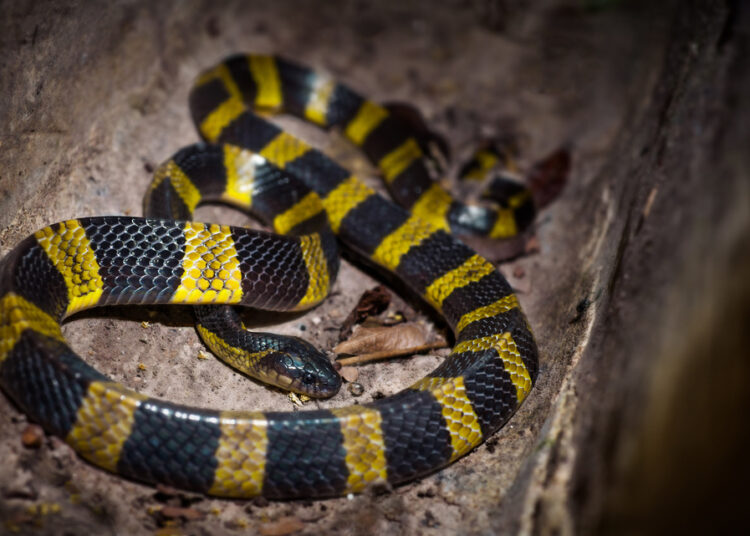
The Banded Krait, scientifically known as Bungarus fasciatus, is a highly venomous snake species found in Southeast Asia, including India, Thailand, and Indonesia. It’s recognized by its distinct black and white or yellow banded scales, which give it its name. With a slender body, it can reach lengths of 4 to 6 feet.
Featuring a triangular head and venomous fangs, it uses these to inject venom into its prey. The Banded Krait’s venom is exceptionally potent and can lead to paralysis and respiratory failure in humans if bitten.
Banded Water Snake
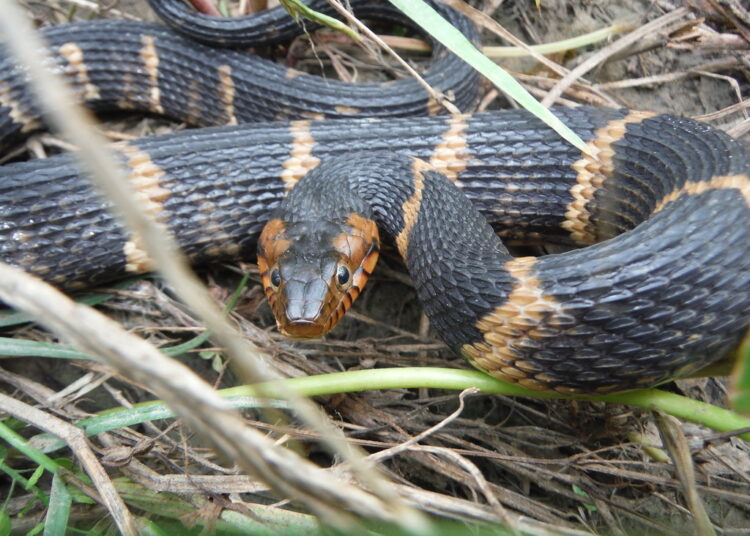
The Banded Water Snake, scientifically known as Nerodia fasciata, is a non-venomous snake species native to North America. It typically inhabits freshwater environments like swamps, marshes, and rivers. This snake is characterized by its slender body, reaching lengths of 2 to 4 feet (0.6 to 1.2 meters), and it gets its name from the dark bands or blotches on its body.
The coloration of the Banded Water Snake varies, ranging from brown or reddish-brown to gray or black. As skilled swimmers, they prey on fish, frogs, and small mammals. These snakes are non-aggressive and usually prefer to flee rather than confront humans. Conservation efforts are crucial to protect the Banded Water Snake and its freshwater habitats.
Bandicoots
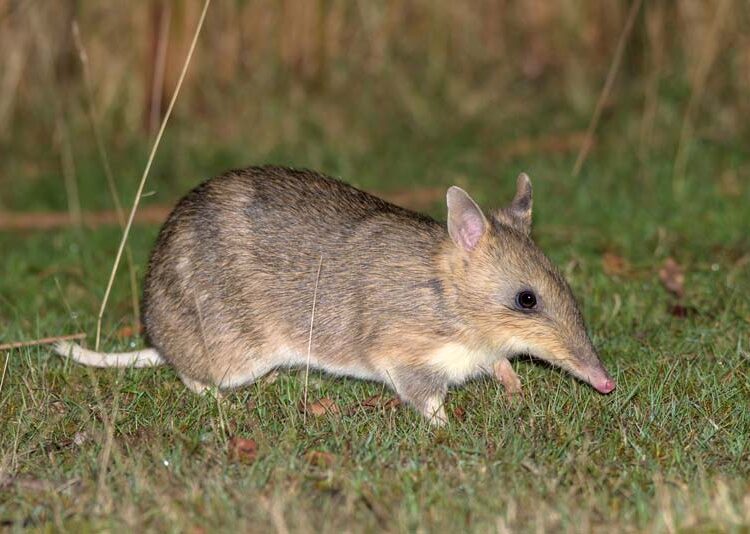
Bandicoots encompass over 20 species of small to medium-sized, primarily nocturnal marsupial omnivores within the Peramelemorphia order. They are native to the Australia–New Guinea region, extending from the Bismarck Archipelago in the east to Seram and Halmahera in the west.
Banjo Catfish
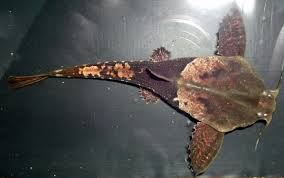
The Banjo Catfish, scientifically known as Bunocephalus spp., is a group of small catfish species found in South America. Banjo Catfish have a wide head and a mouth that is located on the underside of their body, allowing them to easily feed on food particles at the bottom of rivers and streams.
Banjo Catfish are peaceful and nocturnal, often hiding during the day and emerging at night to feed. They are bottom-dwelling fish and prefer to live in small groups. In the aquarium hobby, Banjo Catfish are popular due to their unique appearance and easy care requirements.
Bark Beetle
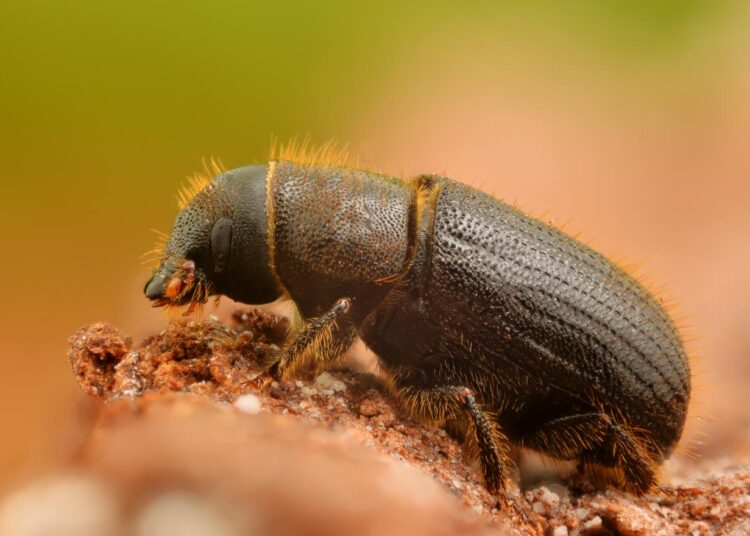
The Bark Beetle, scientifically known as Scolytinae, comprises a diverse group of small beetles inhabiting forests and woodlands worldwide. With thousands of species, each possesses unique characteristics and preferences. These beetles derive their name from their habit of burrowing into tree bark, where they lay eggs and consume inner bark and wood.
Bark Beetles play a vital ecological role by aiding in the decomposition of dead and dying trees, facilitating nutrient recycling into the soil. However, certain Bark Beetle species can turn into pests when their populations surge, leading them to attack healthy trees.
Infestations of Bark Beetles can have catastrophic consequences for forests, causing widespread tree mortality and significant economic and environmental impacts. Factors like climate change can contribute to rising Bark Beetle populations, making them a significant concern for forest management and conservation efforts.
Bark Scorpion
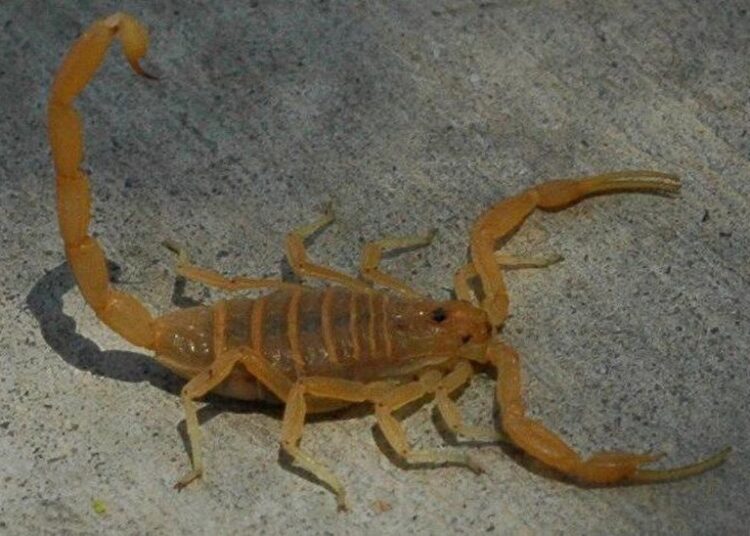
The Bark Scorpion, scientifically known as Centruroides exilicauda, is a venomous scorpion species found in the southwestern United States and northern Mexico. It possesses a slender body, typically measuring around 2 to 3 inches in length, with a pair of pincers at the front. Its light brown or yellowish coloration, adorned with darker markings, aids in its camouflage within its desert habitat.
Barn Owl
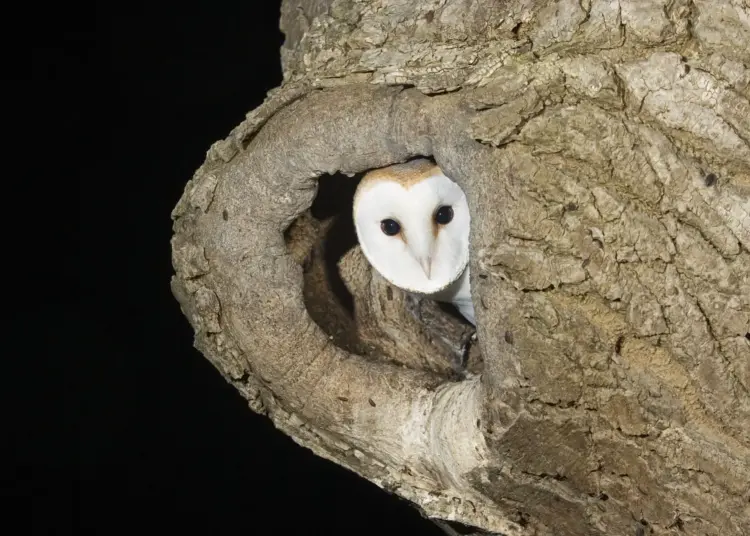
The Barn Owl, scientifically known as Tyto alba, is a nocturnal bird of prey found across various regions worldwide, including Europe, Asia, Africa, and the Americas. Barn Owls possess a medium-sized body, typically spanning 13 to 16 inches in length.
Barn Owls are cavity nesters, often choosing barns, abandoned structures, and tree hollows for their nests. They form monogamous pairs and typically mate for life, producing one to two broods of eggs each year. Conservation efforts are essential to safeguard the Barn Owl and its habitats, as the loss of suitable nesting sites and pesticide use has presented significant threats to their populations.
Barn Swallow
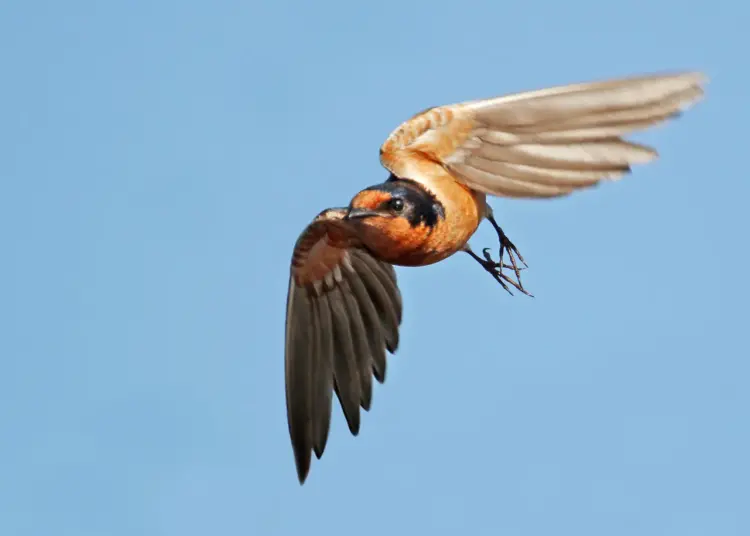
The Barn Swallow, scientifically known as Hirundo rustica, is a migratory bird species found across various regions globally, including Europe, Asia, Africa, and the Americas. Recognizable by its distinct long forked tail, steel-blue upperparts, and reddish-brown throat and forehead, Barn Swallows boast a slender body, typically measuring 6 to 7 inches (15 to 18 centimeters) in length, with a wingspan spanning 11 to 13 inches. Agile flyers, they’re often observed gracefully swooping and gliding through the air, capturing insects mid-flight.
Barnacle
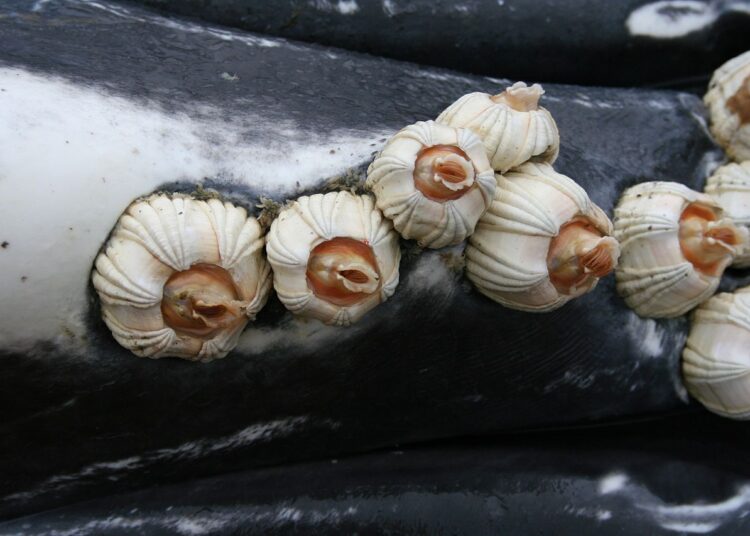
The Barnacle, belonging to the class Cirripedia, is a marine crustacean commonly inhabiting intertidal zones. They have a penchant for adhering to hard surfaces such as rocks, piers, and ship hulls. Barnacles exhibit a distinctive and specialized body structure characterized by a protective hard exoskeleton enveloping their soft, fleshy bodies.
They possess numerous pairs of feathery appendages called cirri, instrumental in filtering minute food particles from the water. Barnacles are filter feeders, primarily nourishing themselves on plankton and other microscopic organisms.
Barnevelder
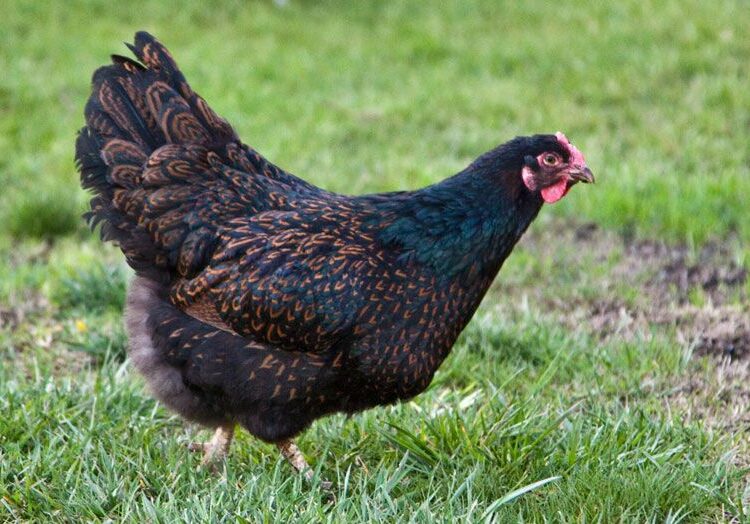
Barracuda
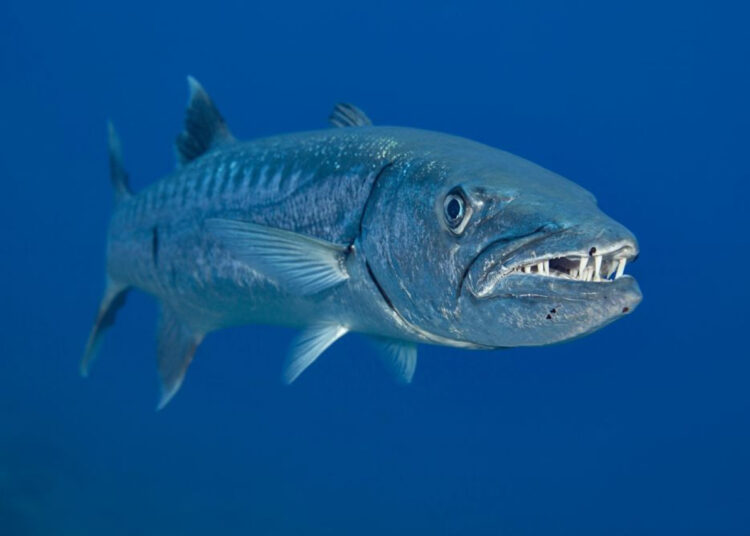
The Barracuda, a formidable predatory fish, inhabits tropical and subtropical oceans worldwide. Its distinctive traits include a lengthy, streamlined body, sharp teeth, and impressive swimming capabilities. Barracudas can attain substantial sizes, with certain species reaching lengths exceeding 6 feet (1.8 meters) or more. Their streamlined form is optimized for speed, enabling them to swiftly pursue and capture their prey.
Barracudas predominantly dine on fish, yet their opportunistic nature leads them to consume crustaceans and other small marine creatures. They are known for their aggressive tendencies and territorial behavior. While barracudas generally pose no threat to humans unless provoked, vigilance is advised when swimming or diving in regions inhabited by these creatures. Conservation endeavors are crucial for safeguarding barracudas and the marine environments they inhabit, as they hold a pivotal role in maintaining the equilibrium of reef ecosystems.
Barramundi
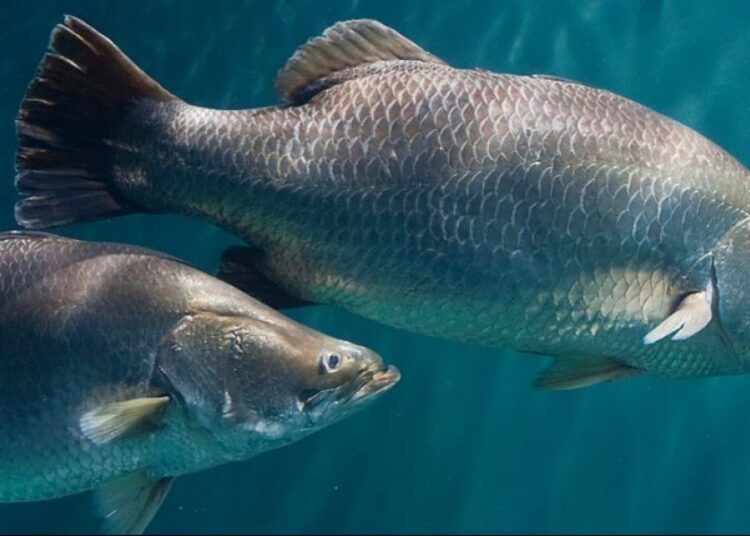
The Barramundi, also recognized as the Asian sea bass, is a sought-after fish species residing in the Indo-Pacific region, encompassing Australia, Southeast Asia, and the Indian subcontinent. This impressive, predatory fish is celebrated for its delectable, flaky white flesh. Barramundi are capable of attaining remarkable sizes, with select individuals reaching lengths of up to 4.9 feet (1.5 meters) and weights exceeding 100 pounds (45 kilograms).
Bengal Tiger
.jpg)
The Bengal Tiger is a majestic creature. It has striking orange fur and black stripes. It’s found in the Indian subcontinent, and is seen as powerful and agile. Panthera tigris tigris, its scientific name, is India’s national animal. It’s the biggest tiger subspecies. It can get up to 10 feet long, not including its tail. It can run up to 40 miles per hour while hunting.
It has unique characteristics too. It can swim and its roar can be heard two miles away. It’s an ecosystem engineer, hunting herbivores to help control their population.
It faces threats from humans. But conservation efforts have helped some regions, like the Sundarbans mangrove forest of India and Bangladesh. Here, the tiger population has increased.
A famous Bengal Tiger was Machli. She was known as “”the queen mother”” and lived in Ranthambore National Park in India. She was respected by visitors and researchers. Her legacy lives on.
The Bengal Tiger stands for strength and beauty. We must continue to strive for its conservation, so future generations can witness its grandeur in the wild.
Beaver
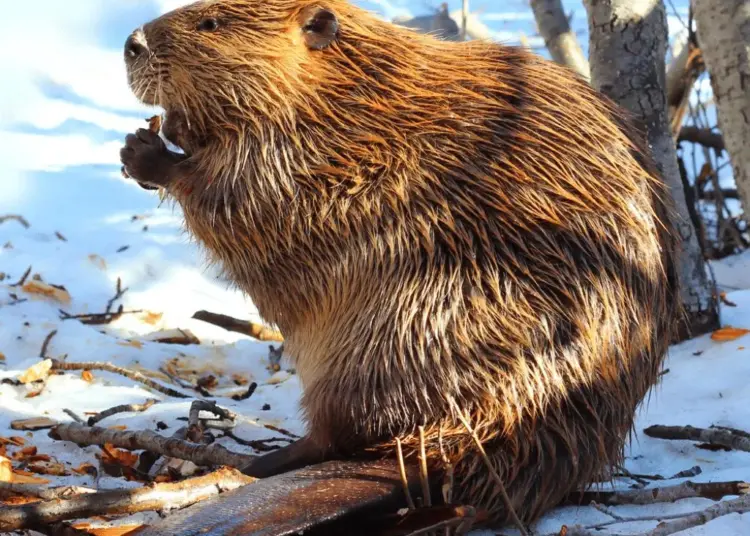
Beavers have incredible physical features that let them survive in watery habitats. Their fur is waterproof because of a special oil from glands near their tail. This adaptation keeps them warm while swimming and diving. Plus, their front teeth grow all their life, allowing them to gnaw trees easily.
Beavers are also amazing builders. They make lodges where they live with their families. The entrances are under water to keep predators away. Inside these lodges, they create chambers for different purposes: one for sleeping, one for raising their young, and another for an emergency exit.
Blue Whale
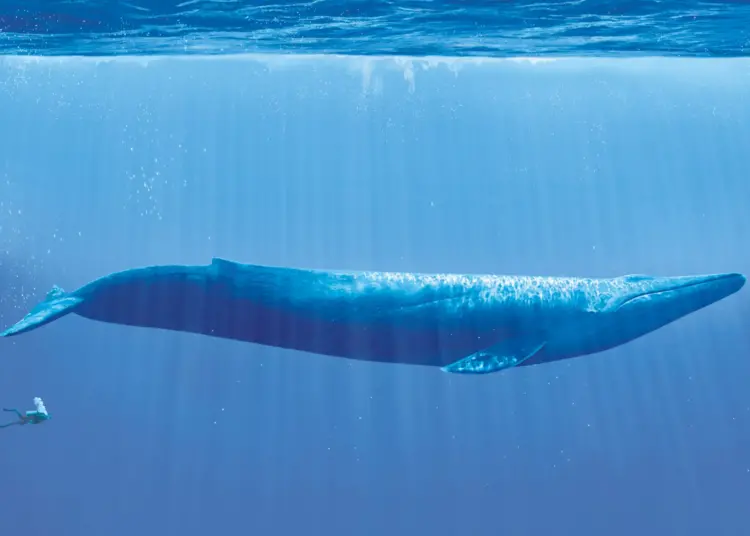
The Blue Whale is the largest creature on Earth – an incredible marine mammal with fascinating characteristics. The Blue Whale’s heart can weigh as much as a car. They communicate through low-frequency songs, used for mating or navigation.
To ensure their well-being, we must take certain precautions. Reduce ocean noise pollution to prevent disruptions to their communication. Also, enforce stricter rules on commercial whaling.
Bison
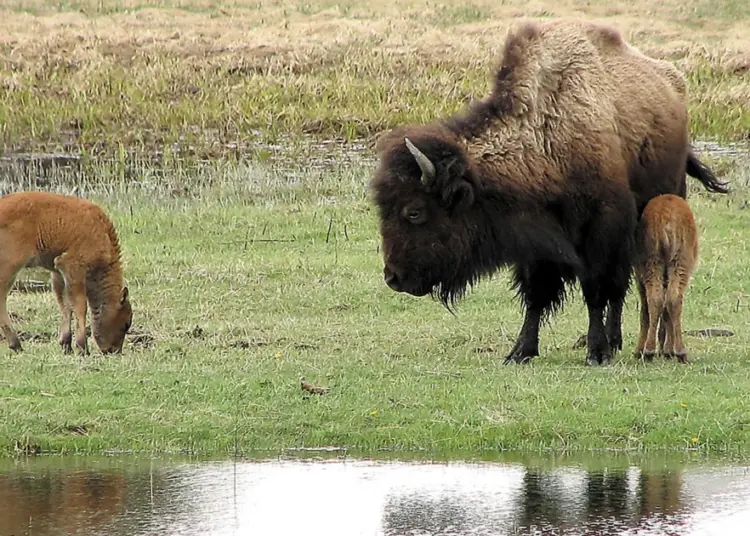
Let us take a peek into the remarkable features of this remarkable animal! They have: shaggy fur, a hump on their back, horns on their heads, and they are herbivorous! Not only that, bison can tolerate extreme weather conditions. Their thick fur keeps them warm in the cold wintertime. They are also gifted with extraordinary hearing and sense of smell, which helps them spot potential dangers.
An interesting story about bison is that they were almost wiped out in the 19th century due to hunting and habitat destruction. But, thankfully, with conservation efforts, their numbers have grown again. With proper protection and preservation of their habitats, we can make sure future generations will be able to witness these incredible animals.
Bison are symbols of nature’s beauty and robustness. Let us keep on cherishing and guarding these iconic creatures for years to come.
Butterfly
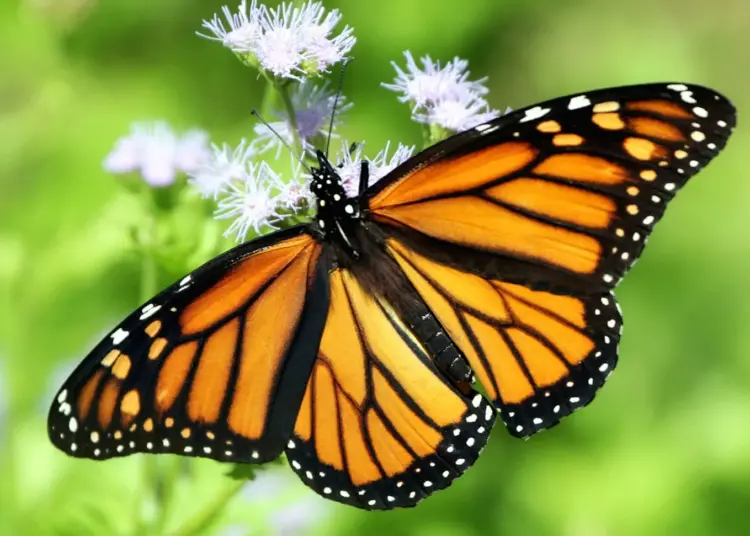
Animals That Start With B is the Butterfly. Its elegant, colorful wings have mesmerized humans for ages. It is a symbol of transformation and beauty. There’re approx. 20,000 species of butterflies. Each has its own unique patterns and colors. They’re vital for pollination, transferring pollen grains while sipping nectar from flowers.
The Monarch Butterfly Migration is an incredible phenomenon. Millions of Monarchs fly thousands of miles from Canada and the US to Mexico annually, demonstrating their navigation capabilities and tenacity.
Butterflies signify grace and elegance. They remind us to appreciate nature’s beauty and the small creatures inhabiting our world. Next time a butterfly passes by, take a moment to admire its marvelous existence!
Learn about more animals with the pages below:
- Animals that start with A
- Animals that start with C
- Animals that start with D
- Animals that start with E
- Animals that start with F
- Animals that start with G
- Animals that start with H
- Animals that start with T
- Animals that start with J
- Animals that start with L
- Animals that start with M
- Animals that start with N
- Animals that start with O
- Animals that start with P
- Animals that start with Q
- Animals that start with R
- Animals that start with S
- Animals that start with T
- Animals that start with U
- Animals that start with V
- Animals that start with W
- Animals that start with X
- Animals that start with Y
- Animals that start with Z
Conclusion
The article on ‘animals that start with b’ reveals diverse details. Bears, baboons, bats, and butterflies all have something special to show us.
Butterflies enthrall us with their colorful wings and patterns. Baboons amaze us with their social structures and communication skills.
Bears boast a lineage millions of years old. They are honored by many cultures for their strength and wisdom. Bears appear in myths, stories, and more.
As we conclude, we are awed by the vast beauty of these animals. Nature’s genius is undeniable!
Frequently Asked Questions (Animals that start with B)
What are some animals that start with B?
Some animals that start with B include baboons, bats, bears, bees, birds, and buffalo.
Are bats mammals or birds?
Bats are mammals. Despite having wings, they are not birds. They are the only mammals capable of sustained flight.
Do all bears hibernate?
Not all bears hibernate. While most bear species do go into a winter dormancy period, some bears in warmer climates may not hibernate at all.
Do bees only produce honey?
No, bees play a crucial role in pollination and also produce beeswax, royal jelly, and propolis apart from honey.
Is a buffalo the same as a bison?
No, buffalo and bison are two different animals. Bison are native to North America, while buffalo are found in Africa and Asia.


